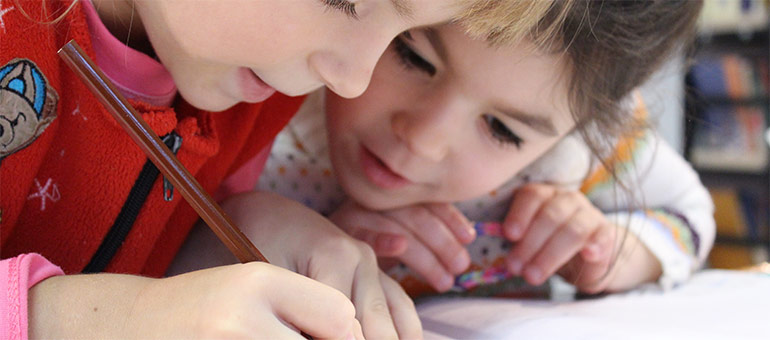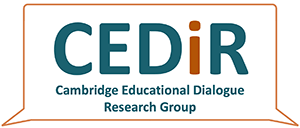About this research strand
This strand examines the ways in which multimodal communication and its related practices transverse across a wide range of educational discourses and open up expansive opportunities to reconsider policy, curricula, and pedagogies. These examinations include how researchers and practitioners methodologically analyse multimodal interactions that are entangled with material learning resources and the ways in which technology is mediated by dialogue within shared digital knowledge artefacts.
Strand Leaders
Emma Cooper and Alison Twiner
Projects include
Reading Pedagogies of Equity Project (RPEP)
SSHRC: Rachel Heydon (PI, Western University), Emma Cooper and others
The RPEP project examines the invisibility of academic reading in teacher education through professional learning networks with teacher educators, including through the use of multimodal reading engagements.
A new project in 2025 is planned for which will expand on the Reading Pedagogies of Equity Project to consider the reading practices of teacher candidates through a day in the life methodology.
Analysing multimodal dialogue
CEDiR: 2018 to present. Sara Hennessy and others.
Development of an openly available, systematic coding scheme for analysing technology-mediated dialogue (Tech-SEDA) at different levels of granularity and across diverse educational settings.
Application in doctoral research projects and ongoing extension.
Dancemotion: Making sense of emotions through dance-based movement
Open University: 2019-2021. Alison Twiner, with Mathijs Lucassen and Mimi Tatlow-Golden.
In collaboration with the Anna Freud National Centre for Children and Families, and Dance Educates, two projects addressed the challenge that understanding our own and others' emotions is an important, early area of development; but that developing understandings of such abstract concepts for young learners through predominantly-language based means can be difficult. We conducted pilot work in primary schools, working with teachers to support young children in making contextualised meanings around a variety of emotions, through movement alongside talk and other resources; and ran workshops with practitioners interested in implementing such an approach in their contexts.
Digitalised Dialogues Across the Curriculum (DiDiAC).
Research Council of Norway: 2016-20. Warwick, Major, Cook & Vrikki.
In collaboration with colleagues at the University of Oslo (Project Leader: Ingvill Rasmussen), investigating the potential of micro-blogging to enhance existing (and promote new) forms of classroom dialogue and critical thinking in Year 7 classrooms.


